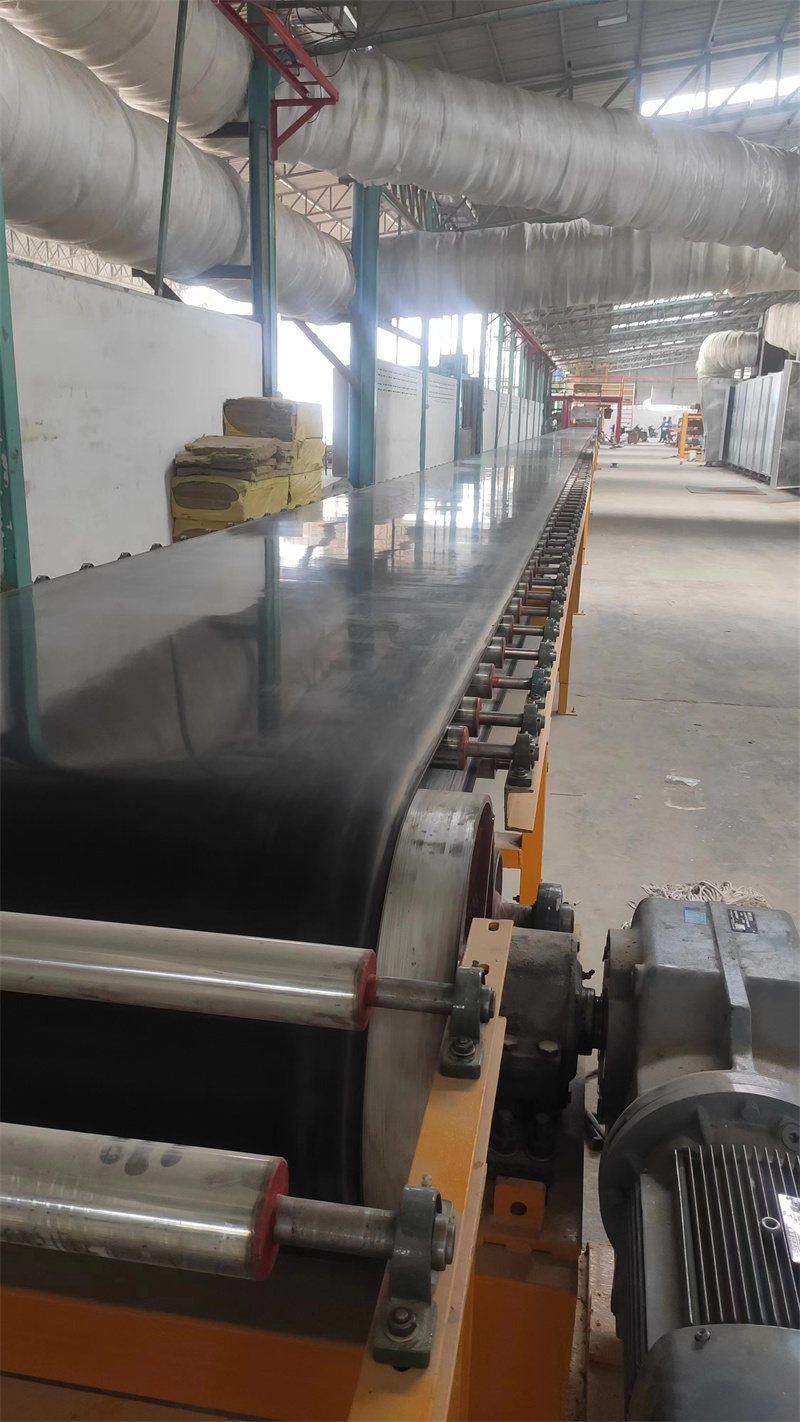As a common transmission mode, belt main drive is widely used in many mechanical equipments. It has the advantages of simple structure and stable operation, and has a wide range of applications.
The working principle of the plasterboard belt main transmission equipment is very simple, mainly to drive the rotation of the mechanical equipment by transmitting the power of the belt rotation. Generally, the belt main drive consists of a pulley and a belt, where the pulley is a round wheel made of metal or plastic, which is used to transmit rotational force and change direction. The belt is made of high-strength fabric or rubber, which has good flexibility and durability.
In addition to the advantages of simple structure and smooth operation, the belt main drive also has a variety of application advantages. First of all, it can carry a lot of force and has a high torque transmission capacity, making it widely used on heavy-duty equipment. Second, belt drives are easy to manufacture and maintain due to their simple construction. Then, due to the elasticity of the belt main drive, it can alleviate the shock and vibration between machines, so it is also often used on equipment that needs to reduce noise and vibration.
In addition, it should be noted that when the gypsum board belt main transmission equipment is running, the wear of the belt needs to be checked regularly and replaced as needed; it is also necessary to pay attention to the tightness of the belt to ensure that the force transmitted by the belt is normal. Also, regularly check the pulleys for wear and replace or repair them if necessary.
Although the belt main drive has been widely used in mechanical equipment and has multiple application advantages, with the continuous development of technology, more advanced and transmission methods are replacing it. Therefore, in practical applications, the appropriate transmission mode should be selected according to different occasions to improve the operating efficiency and safety of mechanical equipment.




